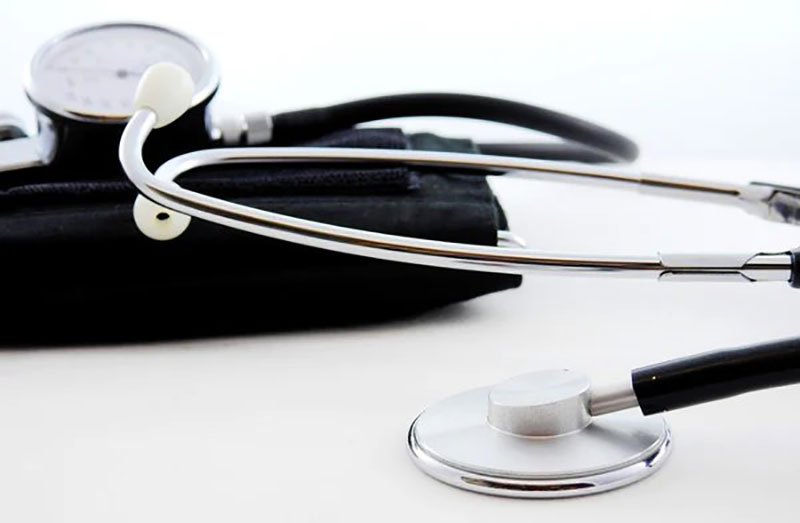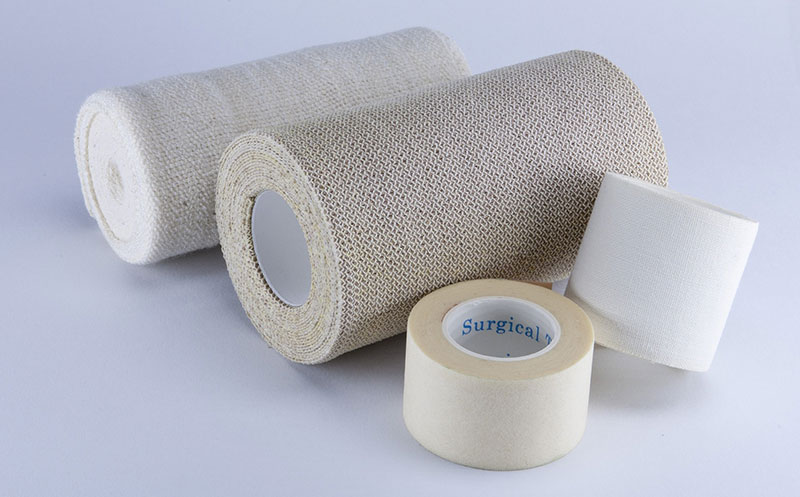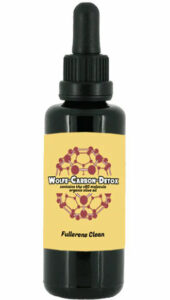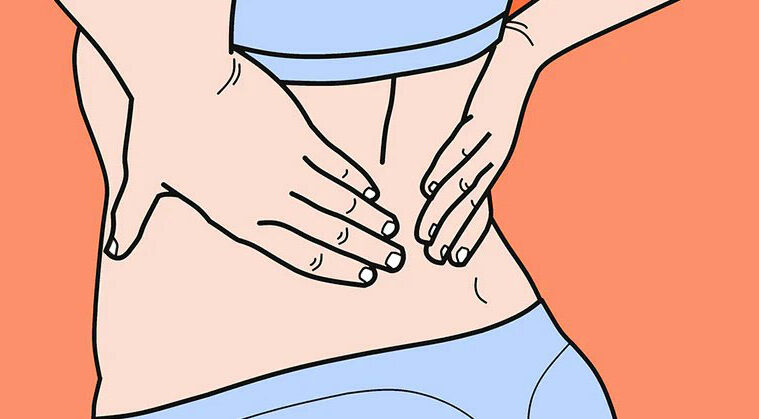Did you know that your liver is the only organ in your body that can regenerate itself after an injury or partial removal? It’s true! Within weeks of a partial removal procedure, a healthy liver can restore itself back to full health. Liver damage, then is not a done deal. (1)
Indeed, your liver is a very powerful organ – one that’s vital to your health and wellbeing. Your liver is responsible for fighting infections, cleaning your blood, digesting food and storing energy. (2)
Many forms of liver damage can hinder these vital processes and drastically shorten your lifespan. This is why it’s so important to recognize the early signs and symptoms of liver damage.
What Causes Liver Damage?
There are several potential causes for liver damage. Some are lifestyle-related, others involve acute trauma and others still are rooted in health conditions.
Taking too much acetaminophen (which is in many popular over the counter pain medications) is a precursor to liver damage.
Toxins in sprays, varnishes and other consumer applications can also cause liver damage.
Natural causes include: (3)
- Autoimmune disease
- Metabolic disease
- Hepatitis Infection
- Cancer / Cancer treatment
Early Detection Is Key

Liver damage comes in many forms. In the earliest stages, your liver may become inflamed and enlarged. When this continues for long periods of time, the inflammation can permanently damage your liver.
The good news is that you can easily reverse course from this point and return your liver to a healthy state. It’s in the later stages of liver damage – cirrhosis, end-stage liver disease, liver cancer and liver failure – that your options for treatment become very limited.
For this reason, be sure to speak with a medical practitioner as soon as possible if you suspect you may be suffering from liver damage. The following warning signs and symptoms will help you pinpoint what you need to bring up to your doctor.
This list is not meant to diagnose liver damage (or any other medical condition). It’s simply a guide to help you recognize potential danger signs and follow up with a medical professional for a proper diagnosis and treatment.
Warning Sign #1 – Chronic Fatigue
According to a 2006 review, chronic fatigue is one of the most common symptoms patients with liver damage experience. (4)
Researchers aren’t certain as to why fatigue occurs in patients with liver damage, although they hypothesize that it has to do with chemical changes in the brain.
According to the Canadian Society of Intestinal Research, there is no direct link between the liver disease’s severity and the severity of fatigue one might experience. (5)
If you have a healthy diet, are active and sleep well yet still feel chronically fatigued, liver damage is one of many health issues (some much less scary) that could be plaguing you. Follow up with your doctor for a closer look.
Warning Sign #2 – Dull Abdominal Pain

Liver damage can result in abdominal pain and swelling. Some patients describe this as a dull, throbbing pain. And because the liver is located in the upper-right abdomen, the pain may radiate from here. (6)
Further, this pain can sometimes seem to radiate through a patient’s back and up to their right shoulder blade. Maybe the pain isn’t always debilitating, but if it is, you should immediately seek medical treatment.
Warning Sign #3 – Nausea
As mentioned earlier, your liver is responsible for getting rid of toxins in your blood and digesting food. When liver damage impairs this organ’s function, unusually large amounts of these toxins will build up in your body.
Your body will respond with feelings of nausea and eventually vomiting if the liver damage persists.
You may also experience a general malaise and feel very unwell at all times. (7)
Warning Sign #4 – Easy Bruising and Bleeding

A healthy liver produces proteins your body needs for proper clotting. (8)
A damaged liver won’t be able to do this efficiently, resulting in you bleeding and bruising very easily.
Warning Sign #5 – Discoloration of Skin and Eyes (Jaundice)
Liver damage can progress very quickly – even in seemingly healthy people. If you manage to shrug off some of the other symptoms, this is one that will likely raise alarm bells.
Jaundice can happen for a few different reasons, all of which are cause for concern. In the context of liver damage, jaundice happens when your liver cannot filter out bilirubin (a yellow substance) from your blood. (9)
As a result, the bilirubin will color your skin a pale yellow.
Jaundice is very common in newborn babies because their livers are not mature enough to filter out the bilirubin. Most hospitals will check babies for jaundice at birth, and then again between 3 and 5 days after birth. In most cases, jaundice will disappear in babies within 2 to 3 weeks. (10)
A healthy adult liver, which is fully developed, is plenty strong enough to ward off jaundice. As such, if you find yourself experiencing it, you’ve got a sure sign that you need to follow up with a medical practitioner, as something may be amiss with your liver.
Conclusion
Your liver is a very hardy organ. Toxins and severe health conditions can wreak havoc on it, however, throwing your health into significant jeopardy.
The good news? Doctors can easily treat liver damage if you catch the ailment in its early stages. If you have reason to believe you suffer from liver disease, don’t delay! Contact a medical professional for a follow-up and diagnosis.
And if you’re experiencing the very early stages, begin a natural liver detox as you work with your healthcare provider on alternatives.
C60 – One of the Most Powerful Detoxifiers Known To Man
 Carbon 60 currently holds the world record for longevity in mammals. Thanks to its incredible detoxifying capabilities, it helped mammals in one study live as much as 95% longer!
Carbon 60 currently holds the world record for longevity in mammals. Thanks to its incredible detoxifying capabilities, it helped mammals in one study live as much as 95% longer!
By using C60 Olive Oil regularly, you can experience these detoxifying capabilities for yourself. Made with high quality carbon C60 and cold-pressed, organic olive oil.
Want to delve deeper into the warning signs of liver damage? Check out this blog!
But if it’s gotten out of hand, you still may be able to reverse liver disease in early stages. Find out more here!


